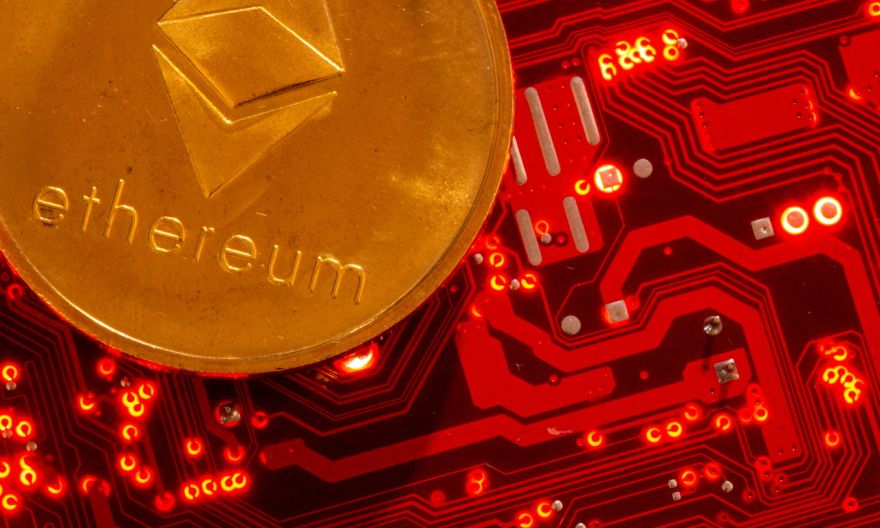Ethereum founder says upgrade sets stage for energy usage cut

LOS ANGELES (BLOOMBERG) – The most significant change to the Ethereum blockchain since 2015 that went into effect on Thursday (Aug 5) shows the network is well-poised to make an even bigger upgrade to reduce its energy use by 99 per cent, according to its inventor Vitalik Buterin.
The world’s most-used blockchain updated its software, known as the London hard fork, that includes a fee reduction feature called EIP 1559. The fee cut already eliminated US$2 million (S$27 million) worth of its native cryptocurrency Ether in only a few hours since taking effect, according to tracking website ultrasound.money. That could put upward pressure on the price of Ether going forward.
“1559 is definitely the most important part of London,” Mr Buterin said in an interview with Bloomberg News from Singapore. The London upgrade is “proof that the Ethereum ecosystem is able to make significant changes”.
Ethereum and better-known-rival Bitcoin both operate using a proof-of-work system that requires a global network of computers running around the clock. Software developers at Ethereum have been working for years to transition the blockchain to what is known as a proof-of-stake system – which uses a totally different approach to secure the network that also eliminates the carbon emissions issue. That change to ETH 2.0 will be carried out by a process called the merge and is expected by early next year, but could come as early as year end, Mr Buterin said.
The London hard fork “definitely makes me more confident about the merge”, he said.
Ether has seen an already incredible price gain in the past 12 months, along with Bitcoin and other digital assets. Ether has risen about 590 per cent in the past year, while Bitcoin has more than tripled, according to data compiled by Bloomberg. Those gains come even after both coins fell by about half from their recent all-time highs in April.
Part of that price surge in Ether is due to the explosion of non-fungible tokens (NFTs), which are digital files whose authenticity and scarcity can be validated by a blockchain like Ethereum. NFTs have surged in popularity this year, fuelled by deals including the record-breaking US$69.3 million sale of Everydays: The First 5,000 Days by digital artist Beeple and a video of a dunk by basketball player LeBron James. Now everyone from art galleries to the International Olympic Committee, fashion houses and Twitter is offering the digital tokens.
The change on Thursday will also put Ethereum on a closer path to how Bitcoin operates. Unlike Ether, Bitcoin has had since its start in 2009 a fixed supply of 21 million coins that will ever be created. That difference has led critics of Ethereum to say it should not be viewed as a similar digital currency as Bitcoin.
Mr Buterin initially had a cap on the amount of Ether that could be created in his 2013 white paper that described the creation of Ethereum. There was room for changes, however, and the idea of moving to proof of stake was always the plan. Proof of stake would eventually change the economics of Ether, he said.
“There wasn’t really the possibility of making very strong, long-term commitments to the monetary policy,” he said of his original vision. Then, in 2018, he attended an economics and computation conference at Cornell University where the inefficiency of first-price auctions was discussed. That is an auction where the highest bidder wins, and how Ethereum and Bitcoin have structured their fee markets. Ethereum is now off of that system because of EIP 1559.
Another important change on Thursday is that the block size on Ethereum is now variable. Previously, the amount of transactions that can fit inside one block was fixed, meaning users had to wait sometimes for their transactions to be processed when there was high network demand. Blocks can now grow or shrink to match the amount of incoming transactions.
“Now it gets much easier to send a transaction that will get included in the next block and that’s very important to user experience,” Mr Buterin said.
